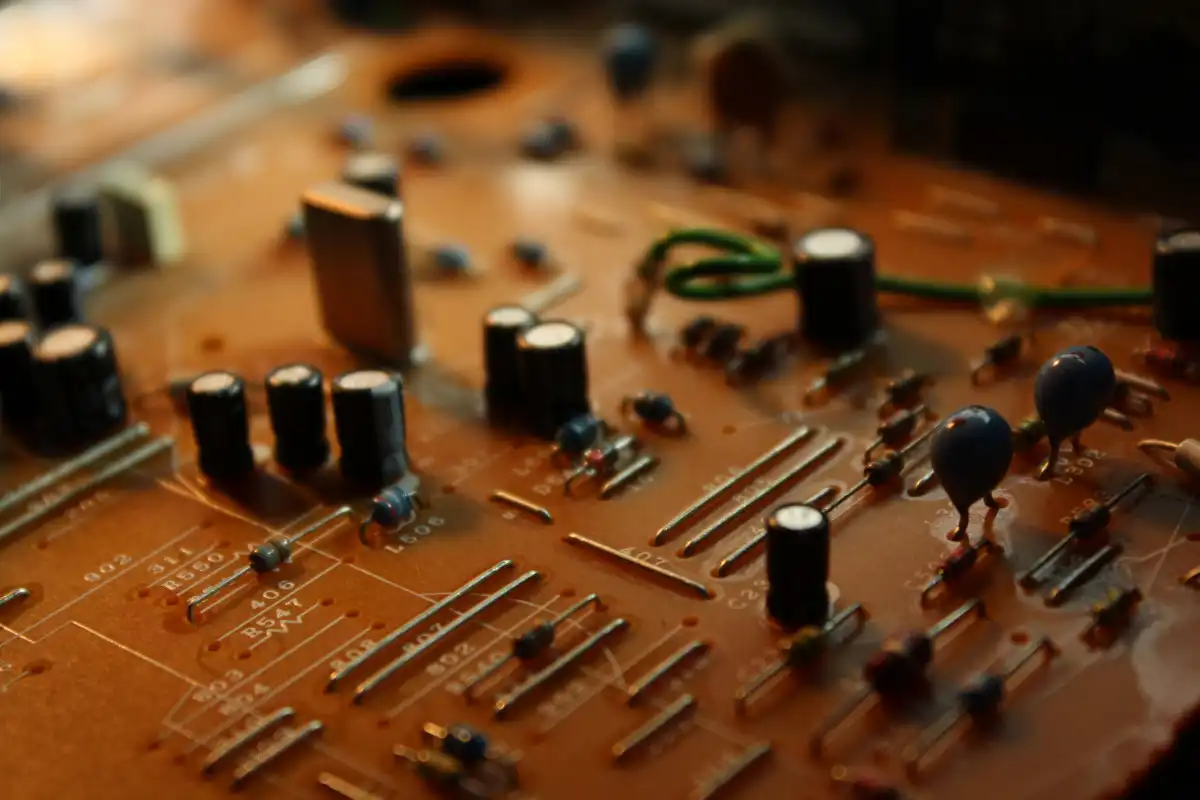The Consumer Electronics Show (CES) remains a primary launchpad for AI technology ventures with its 2024 showcase being no different. The event saw various introductions and demonstrations from tech enthusiasts and companies all over the globe. The exhibition reaffirmed the world's anticipation for advancements in AI, with generative AI, surprisingly, occupying the center stage.
Generative AI has made leaps and bounds recently. These models generate code, create video clips, or produce music with uncanny proficiency. At CES 2024, the technology only reiterated its potential and how far it has come.
Several booths demonstrated robots powered by generative AI. A case in point was a piano playing robot that managed stunning accuracy and variability in its performance. It was a testament to generative AI's potential to reproduce complex human activities.

The piano-playing robot repeated Beethoven symphonies impeccably. It demonstrated how AI can comprehend a set of rules and apply them in a creative context. This exhibition represented a merge of AI's analytical power and human artistic finesse.
Despite this showcase of AI's creative potential, skepticism remains. AI products often fall short in real-world applications. Many AI robotic innovations at CES had been carefully programmed beforehand, detracting from the unpredictability that characterizes true creativity.
This scripting of actions raised some eyebrows regarding the authenticity of these AI robots. Performances were precise but lacked the element of surprise and unpredictability. Generative AI, thus, has some way to go before gaining complete acceptance.
For instance, Google's DeepMind and OpenAI have publicized their AI's ability to play complex video games well. But these demonstrations often sidestep the AI's failures and inconsistencies. The practical viability of these AI projects often gets lost amidst the hype.
Even the piano-playing robot is just a prototype; the actual product might behave differently. Real-life scenarios are far more complicated, with numerous variables that even the most advanced AI hasn't learned to articulate yet.
Robots using generative AI still face issues related to natural language interpretation. They could perform tasks perfectly but lack the conversational ability for human-like interaction. This factor makes them far less versatile than they need to be.
Nevertheless, the demonstrations at CES were not complete letdowns. They gave a glimpse of the current state of AI, hinting at the potential if minor challenges are overcome. Among the promising exhibitions was the newfound ability of AI to perform multiple tasks.
AI has generally been task-specific. However, the latest developments showcased at CES indicated robots that can perform an array of tasks simultaneously. This development could be a game-changer in AI utility in the future.
Fundamentally, AI works through pattern recognition. It identifies repeating sequences and then applies them. However, human activities are far more complex and involve conceptual understanding, not just the application of rules.
This cognitive understanding has always been the stumbling block for AI advancements. The highlight from CES 2024 was just how close AI is to mimicking human-level cognition, albeit there are still strides to make.
Music, with its nuance and subtly, is a perfect example of a human-centric activity. Thus, a robot playing the piano with consummate skill was a surprise at CES. It managed to produce not just the music but the varying mood and tone, something unique to human performance.
Yet, the burning question remains. Can AI truly animate human creativity, or is it merely applying a set of learned rules in various sequences? Generative AI is gaining momentum in replicating human creativity, but the reproduce-ability of spontaneity, ingenuity, and innovation is still debatable.
Another noteworthy aspect showcased was the potential for AI to enhance mobile technology. Specifically, AI's processing abilities are compact enough to fit in handheld devices, pushing us closer to carrying AI-enabled devices anywhere.
Despite the hype and the scepticism around generative AI, its exponential advancement is undeniable. CES 2024 showcased technologies that were unthinkable only a few years ago. Even though complete human-like cognition is still an AI goal rather than achievement, substantial strides have taken us closer.
The discussion around AI at the CES 2024 reiterated two things. Firstly, AI's impressive progress continues unabated. Secondly, the expectation for AI to precisely simulate human intelligence remains both its larger promise and biggest challenge.
To wrap up, CES 2024 confirmed that the future of AI is spectacular yet equally uncertain. As we marvel at the generative AI demonstrations, we also wait eagerly to see the real-world manifestations of these innovations.